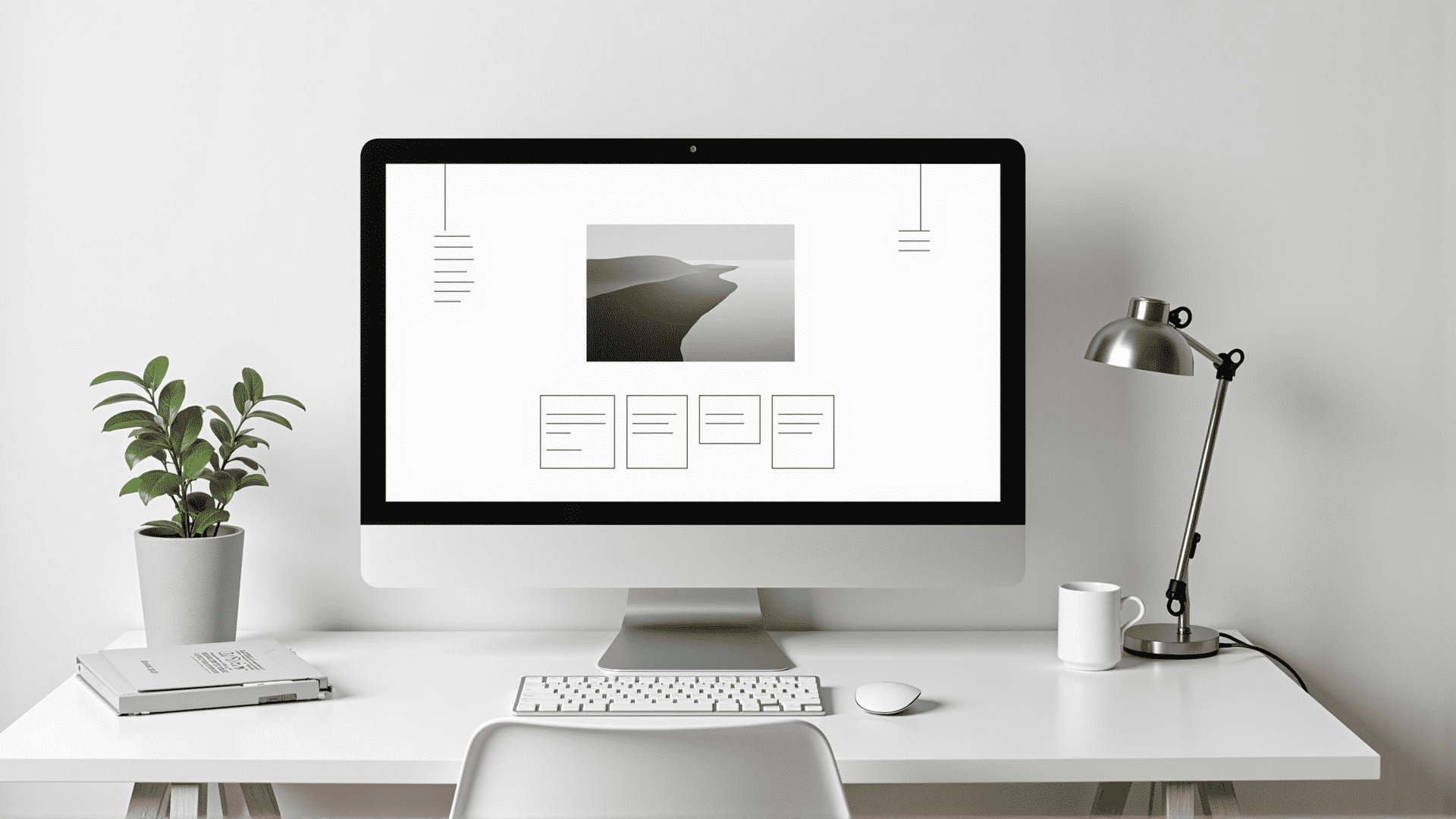In today's digital landscape, where users are bombarded with a constant stream of information, minimalist web design has emerged as a powerful strategy to cut through the noise. By focusing on simplicity and clarity, minimalist web design enhances user engagement and satisfaction, ensuring that users can interact with a website in a more intuitive and enjoyable way.
At the heart of minimalist design lies the principle of "less is more." This design philosophy advocates for the removal of unnecessary elements, emphasizing the use of space, limited color palettes, and simplistic typography to create a serene, focused user experience. By stripping away the non-essential, minimalist design helps highlight the most crucial elements of a website, directing users' attention to what truly matters.
Functionality should never be compromised for the sake of aesthetics. Design elements should serve a clear purpose and contribute to the overall usability of the site. This means ensuring that navigation is intuitive, information is structured logically, and users can effortlessly find what they're looking for. Simplicity in navigation, for instance, reduces cognitive overload, allowing users to flow naturally from one section to another without unnecessary distractions.
Negative space, or whitespace, plays a significant role in minimalist design. By giving elements room to breathe, whitespace creates a sense of balance and harmony, allowing users to focus on content without feeling overwhelmed. Furthermore, it facilitates a smoother reading experience and enhances the overall aesthetic appeal of the site. It is a powerful tool that, when used effectively, can guide users through the site's narrative effortlessly.
Another key component of minimalist web design is the strategic use of color. A limited color palette doesn't only contribute to a clean and cohesive look but also reinforces brand identity. Colors are used sparingly and with intent, often to draw attention to specific call-to-action buttons or critical information. This deliberate use of color enhances the user interface, creating a more compelling and intuitive experience.
Typography in minimalist web design is just as vital. A clean, legible typeface ensures that content remains accessible to users, regardless of the device they're using. Moreover, using typography to create a visual hierarchy helps guide users through the site. Headers, subheaders, and body text should be distinct yet harmonious, allowing the user to easily differentiate between sections and absorb information.
While the essence of minimalist web design is simplicity, it is essential to remember that effective minimalist design is not devoid of creativity. Visual elements such as images, graphics, and animations should be used purposefully to enhance the user experience without overwhelming the design. When used thoughtfully, these elements can provide context, evoke emotion, and convey narratives efficiently.
In conclusion, mastering minimalist web design requires a keen understanding of design principles and a strategic approach to simplicity. By focusing on functionality, leveraging whitespace, utilizing a restrained color palette, and emphasizing clear typography, designers can create websites that are not only visually appealing but also remarkably user-friendly. As the digital world continues to grow more complex, embracing minimalist design offers a pathway to clarity and satisfaction, ensuring users have a seamless and engaging web experience.
